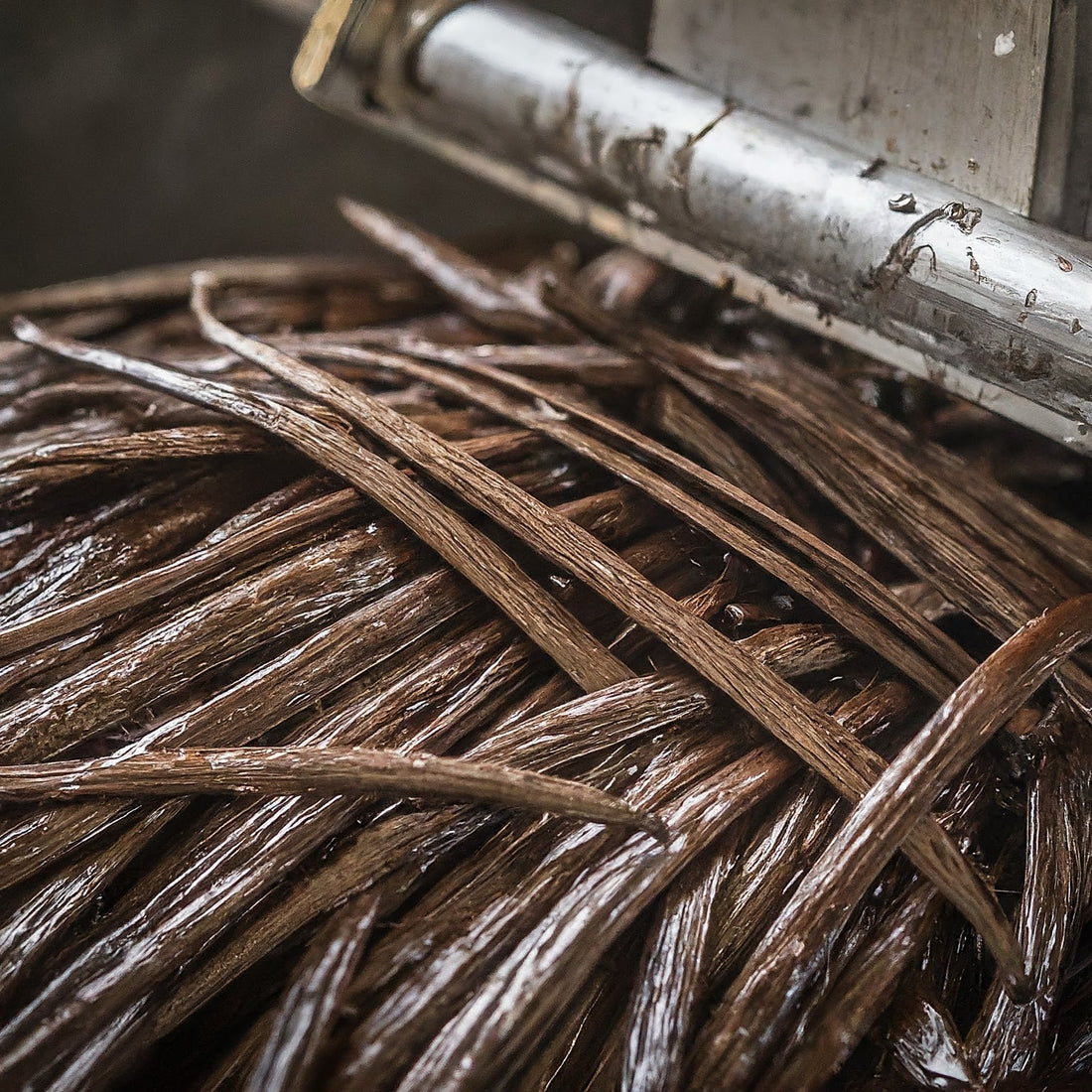In the world of artisanal vanilla production, there's a constant pursuit of perfection a quest to unlock the full depth and richness of this revered spice's flavor. While traditional methods have stood the test of time, the advent of modern food science has introduced innovative techniques that are revolutionizing the way small-batch vanilla is produced.
What is the traditional method of vanilla extraction?
Traditionally, vanilla extraction has relied on a labor-intensive curing process that involves hand-pollinating vanilla orchids, harvesting the green vanilla beans, and subjecting them to a meticulous series of steps, including sun exposure, sweating, and drying. This age-old method, while time-honored, can be inconsistent and vulnerable to environmental factors.
How are advancements in extraction methods improving small-batch vanilla production?
Enter the realm of cutting-edge extraction methods, where scientific ingenuity meets artisanal craftsmanship. These advanced techniques are enabling small-batch producers to extract the full spectrum of flavor compounds from vanilla beans with greater precision and consistency.
One such innovation is the use of supercritical fluid extraction (SFE). This process involves using compressed gases, such as carbon dioxide, to selectively extract desired compounds from the vanilla bean matrix. By carefully controlling temperature and pressure, SFE allows for the isolation of specific aroma and flavor molecules, resulting in highly concentrated and pure vanilla extracts.
Another game-changer is the application of enzymatic extraction. This method harnesses the power of carefully selected enzymes to break down the vanilla bean's complex structure, releasing a broader range of flavor compounds. Enzymatic extraction not only enhances the overall flavor profile but also facilitates the extraction of compounds that may have been previously inaccessible through traditional methods.
What are the benefits of these advanced extraction methods?
These cutting-edge extraction techniques offer several advantages for small-batch vanilla producers:
- Increased Flavor Intensity: By extracting a broader spectrum of flavor compounds, these methods yield more concentrated and potent vanilla extracts, allowing for a richer and more intense flavor experience.
- Consistency and Reproducibility: Advanced extraction methods provide greater control over the process, ensuring consistent flavor profiles across different batches, a critical factor for artisanal producers aiming for consistent quality.
- Sustainability: Some of these techniques, such as SFE, have a lower environmental impact compared to traditional solvent-based extraction methods, aligning with the ethos of sustainable and eco-friendly production practices.
- Customization Opportunities: By precisely manipulating extraction parameters, producers can tailor their vanilla extracts to achieve unique flavor profiles, catering to diverse consumer preferences and culinary applications.
How are curing processes being optimized for small-batch vanilla production?
But extraction is just one piece of the puzzle; the curing process plays a crucial role in developing the distinctive flavor and aroma of small-batch vanilla. Here, too, scientific advancements are reshaping traditional methods.
One innovative approach is the use of controlled fermentation techniques. By carefully managing temperature, humidity, and microbial cultures, producers can guide the fermentation process, enhancing the development of specific flavor compounds and ensuring more consistent results.
Additionally, the application of advanced drying methods, such as vacuum-assisted drying or freeze-drying, is gaining traction. These techniques allow for better control over moisture levels and temperature, preserving the delicate flavor compounds and reducing the risk of degradation or off-flavors.
What are the benefits of optimized curing processes?
Optimized curing processes offer several benefits for small-batch vanilla producers:
- Enhanced Flavor Development: By precisely controlling fermentation and drying conditions, producers can fine-tune the formation of desirable flavor compounds, creating more complex and nuanced flavor profiles.
- Reduced Curing Time: Some advanced techniques, such as vacuum-assisted drying, can significantly reduce the overall curing time, enabling faster turnaround times for small-batch producers without compromising quality.
- Improved Consistency: Controlled environments and standardized processes lead to greater consistency in flavor and aroma across different batches, a crucial factor for building a recognizable brand identity.
- Reduced Waste: Optimized curing methods can minimize losses due to spoilage or improper drying, contributing to more sustainable and efficient production practices.
As the demand for artisanal and premium vanilla products continues to grow, the fusion of traditional craftsmanship and modern science is paving the way for a new era of small-batch vanilla production. By embracing innovative extraction and curing techniques, producers can unlock the full potential of this exotic spice, delivering unparalleled flavor experiences to discerning consumers worldwide.


